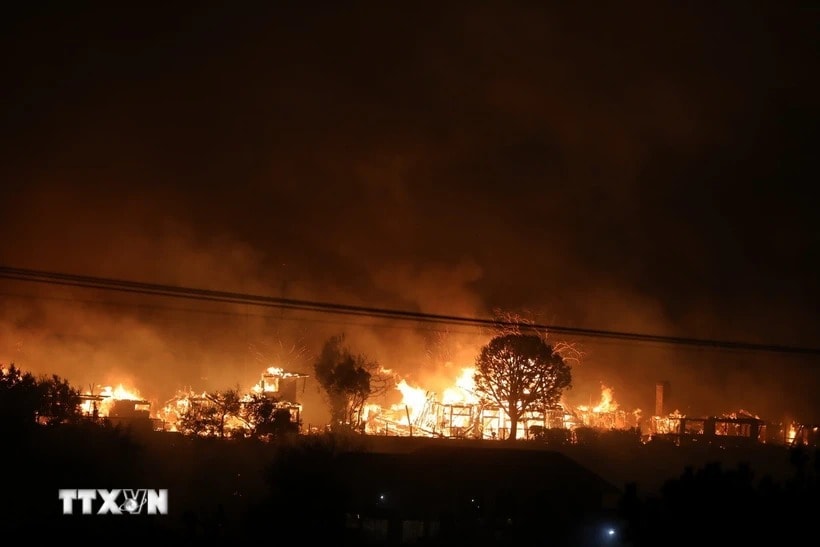
In the first days of the new year 2025, the United States had to face the "wrath of Mother Earth" when large-scale wildfires broke out in many places in the western state of California, killing at least 11 people, burning down tens of thousands of homes and causing the most serious damage in decades.
The California Department of Forestry and Fire Protection said the initial fire broke out in the Pacific Palisades area on the outskirts of Los Angeles on the morning of January 7, followed by other large fires in the state.
According to the New York Times, on January 11, despite great efforts, authorities still could not control the forest fires in California.
In Los Angeles, about 180,000 people were ordered to evacuate, more than 10,000 houses were burned down and this was the most serious fire in the city's history in the past 100 years with preliminary damage estimated at more than 57 billion USD.
The wildfires have also caused smog that has forced many schools and public places to close. Carlos Gould, an expert at the University of California San Diego, said that the concentration of fine particulate matter in Los Angeles has reached alarming levels, ranging from 40-100 micrograms per cubic meter, far exceeding the maximum recommended by the World Health Organization (WHO) as safe, of 5 micrograms per cubic meter, and warned of serious impacts on human health.
Experts were also somewhat surprised by the timing of the fire. California typically sees wildfires in June and July, which can last until October. However, the current large-scale wildfire occurred in January, which is the coldest time of winter in California.
There are many reasons, both direct and indirect, for this anomaly. Heather Zehr, chief meteorologist for AccuWeather, said one of the reasons for the fires is that California has just experienced a record-breaking dry season.
According to the US Drought Monitor, up to 83% of Los Angeles County is experiencing drought in 2024, many places have not even had a drop of rain since April of last year and humidity is extremely low.
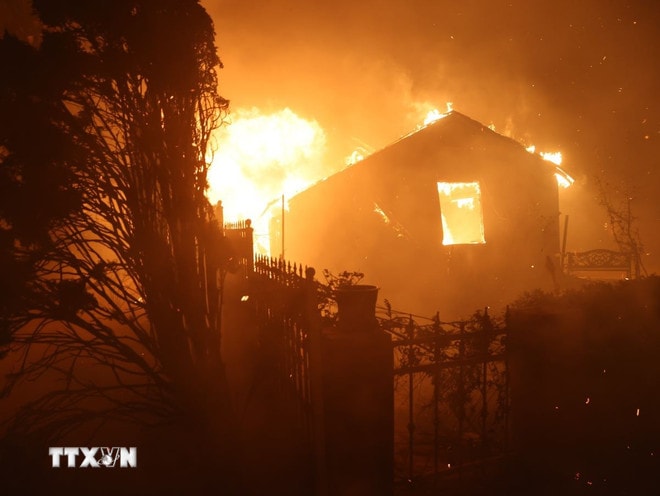
Unusually strong winds also added fuel to the fire. The fires spread at breakneck speed as winds gusted up to 85 mph, with the main culprit being the hot, dry Santa Ana winds that blow from the interior western desert to coastal Southern California.
Meanwhile, expert Nina S. Oakley, a research scientist at the Scripps Institution of Oceanography (University of California), said that natural conditions cannot be blamed entirely, but humans must also bear some responsibility when fires occur on a large scale like the current one in Los Angeles.
She pointed out that California has faced serious fires caused by exploding electrical or gas lines, or even fires started by people lighting fireworks at parties.
There have also been criticisms that the state of California is not fully prepared to deal with large-scale disasters, and the Pacific Palisades wildfire is a warning about human unpreparedness for natural disasters.
However, most experts agree that the "wrath of Mother Earth" that California is suffering is an inevitable consequence of climate change and global warming, of which humans are the main cause.
Fires in the western US are becoming more frequent and severe, with the climate emergency increasing the risk of fires by 25% in California, according to research from the University of California.
Researchers calculate that the human-caused climate emergency has contributed to a 172% increase in California’s fire zone since the 1970s, and that the situation will worsen over the next decade. Park Williams, a climatologist at Columbia University’s Lamont-Doherty Earth Observatory, shares this view, arguing that climate change is the underlying cause of the increase in wildfires.
“The link between climate change, which causes dry weather, low humidity, drier vegetation, and wildfires is inseparable,” he said. “In areas like these, sometimes just one spark is all it takes to start a disaster.”
The current natural disaster in California shows just how dangerous climate change can be, said Varun Sivaram, senior fellow for energy and climate at the Council on Foreign Relations.
The world may need to accept the harsh reality that it will miss its target of keeping global temperatures below 2 degrees Celsius and achieving net zero greenhouse gas emissions by mid-century, he warned.
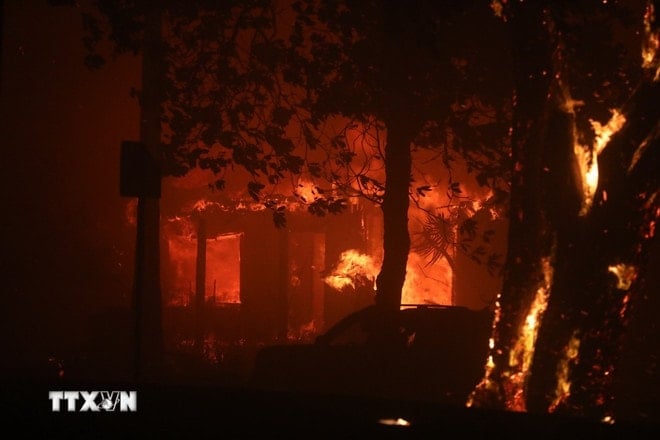
This expert warned that the US will continue to face a series of challenges in the coming time due to climate change, from drought, forest fires to heat waves and floods.
Scientist Austin Ott at the Dudek Fire Center said that wildfires are a natural part of the Earth's cycle and that the US state of California has adapted over time to "a fire ecosystem."
Native Californians also adapted to wildfires and adapted their lifestyles accordingly. But climate change appears to be altering this ecosystem, with dire consequences.
To minimize future damage, the U.S. government needs to invest in forest management and disaster-resilient infrastructure. Experts emphasize that overcoming and overcoming the wildfire disaster in California at this time requires close coordination between the federal and state governments, along with active community participation.
Timely action and solidarity are the keys to overcoming this disaster and building a more sustainable future. And above all, it is the collective climate action of the American government and people, as well as of all citizens around the world, to reduce greenhouse gas emissions and save the “Blue Planet.”
Only then will California or anywhere else on Earth be at less risk of suffering “nature's wrath.”
Source: https://baodaknong.vn/tham-hoa-chay-rung-tai-bang-california-cua-my-con-thinh-no-cua-me-trai-dat-239999.html



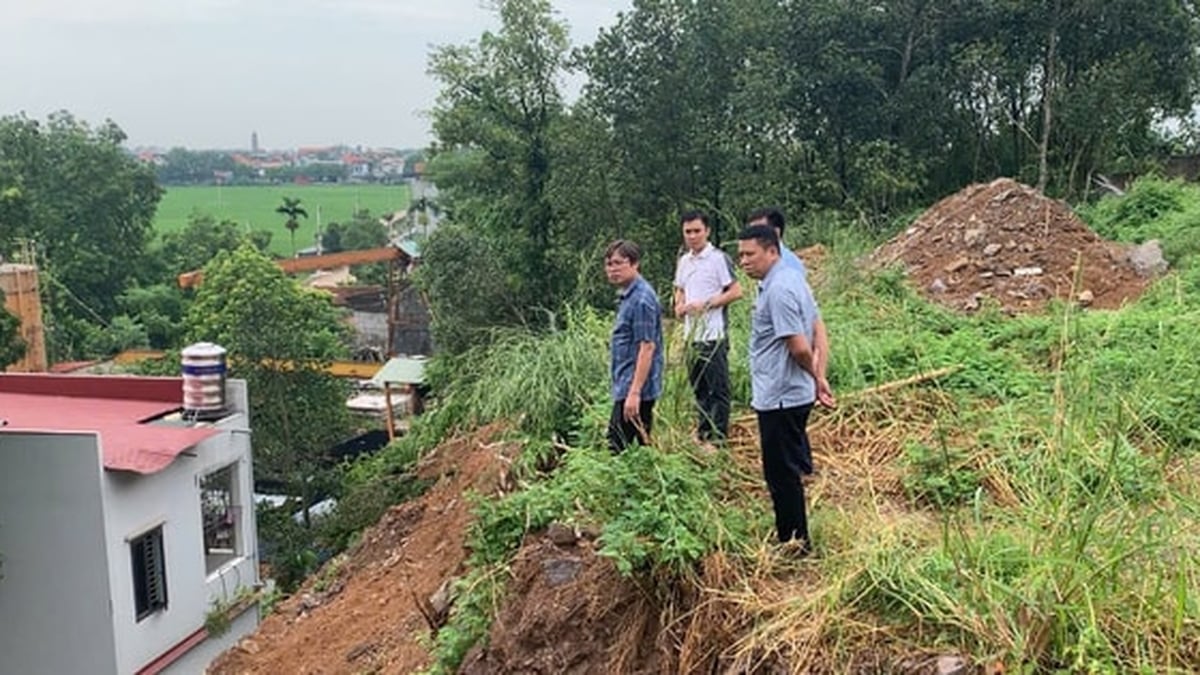




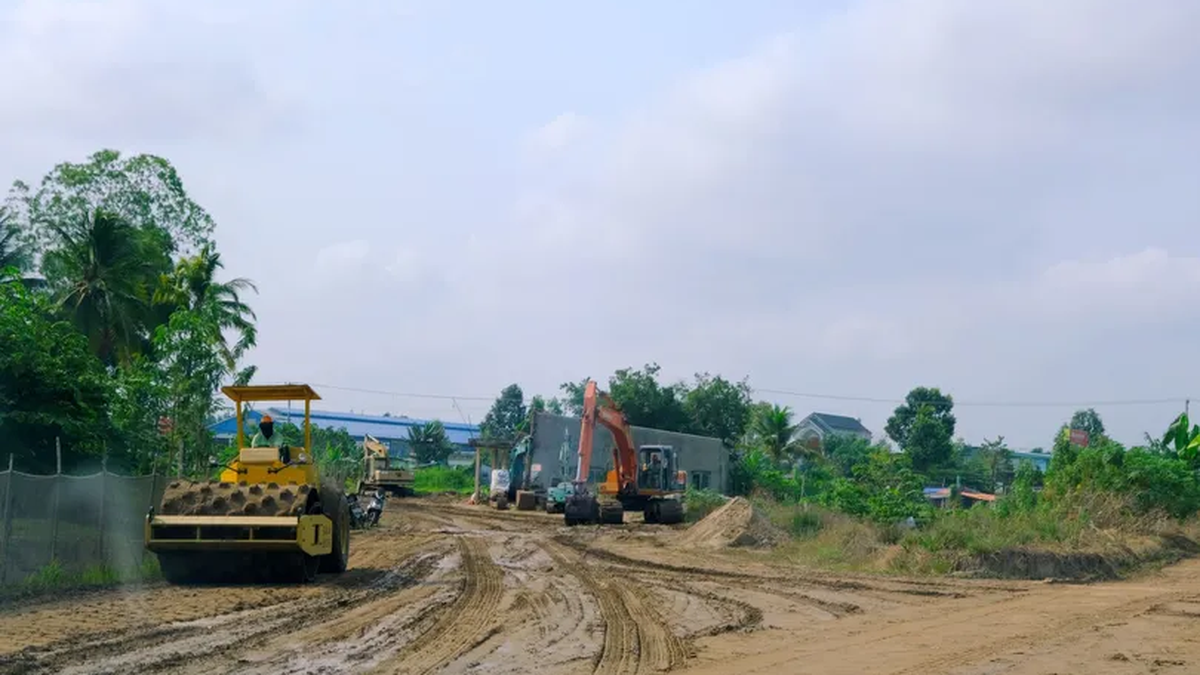















![[Photo] National Assembly Chairman Tran Thanh Man visits Vietnamese Heroic Mother Ta Thi Tran](https://vphoto.vietnam.vn/thumb/1200x675/vietnam/resource/IMAGE/2025/7/20/765c0bd057dd44ad83ab89fe0255b783)








































































Comment (0)